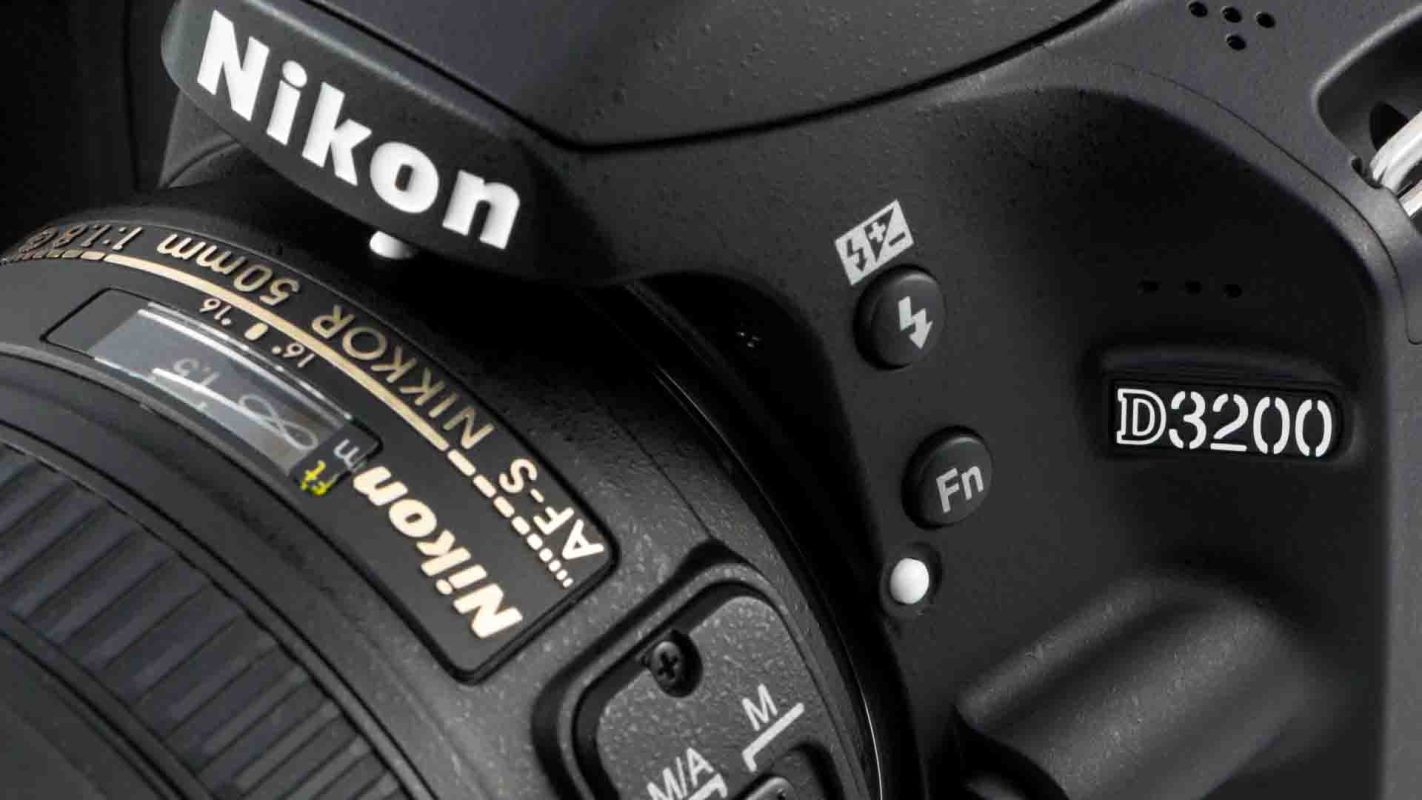Nikon's trade-in program lets consumers send in their old cameras and lenses for a credit that can be applied to a new camera or lens. This is a win for the environment and for photographers who want to save some money.
How does the Nikon Trade-in Program work?
Nikon lets you trade in any working camera or lens for select Z series cameras and lenses.
First, contact Nikon to get a quote for your trade-in. Then, purchase an eligible Z series camera or lens from nikonusa.com. Next, you'll need to send Nikon your old camera or lens — it will cover shipping costs. The company will issue a refund equal to your trade-in value.
Why is the Nikon Trade-in Program important?
Cameras and their lenses are generally made up of plastic and metals, and recycling helps conserve natural resources as well as reduce landfill waste.
"Every camera that rolls off of the production line has a huge impact on the environment, and in fact on communities far from where it was made or where it will eventually end up," said photographer Daniela Bowker in the London-based Photocritic Photo School's blog. "They comprise thousands of parts made from hundreds of different materials."
The plastic plague is one of today's most pressing environmental issues, negatively affecting wildlife, oceans, and habitats. And while we produce more than 380 million tons of plastic each year, less than 9% of that ends up being recycled. Recycling your old camera or lens is one small way to make an impact on plastic waste.
Electronics recycling is also especially important because of the rare earth minerals used to produce things like cameras, cell phones, computers, and televisions. For instance, cobalt is a rare earth mineral that is used to control camera shutters. Another called coltan is used in lenses. Unfortunately, mining for these rare earth minerals is destroying landscapes.
For instance, mining for coltan in the Democratic Republic of the Congo is decimating local forests and endangering animals like the Grauer's gorilla, which faces extinction. This great ape is found nowhere else in the world, and its numbers have plunged by 80% in the past two decades — largely a consequence of mining. Not to mention that coltan is called a "conflict mineral" — disputes over local mines have led to 5 million deaths since the mid-1990s.
In addition, electronics contain materials that can be toxic if they end up in a landfill. For example, mercury switches, bulbs, and electronic circuitry can pose risks if released into the environment.
In addition to the environmental and social benefits of trading in your old camera, it will also save you some money. With new cameras and lenses starting anywhere from $700 to more than $1,000, a trade-in could potentially save hundreds of dollars.
TCD Picks » Upway Spotlight
💡Upway makes it easy to find discounts of up to 60% on premium e-bike brands
Join our free newsletter for cool news and actionable info that makes it easy to help yourself while helping the planet.














